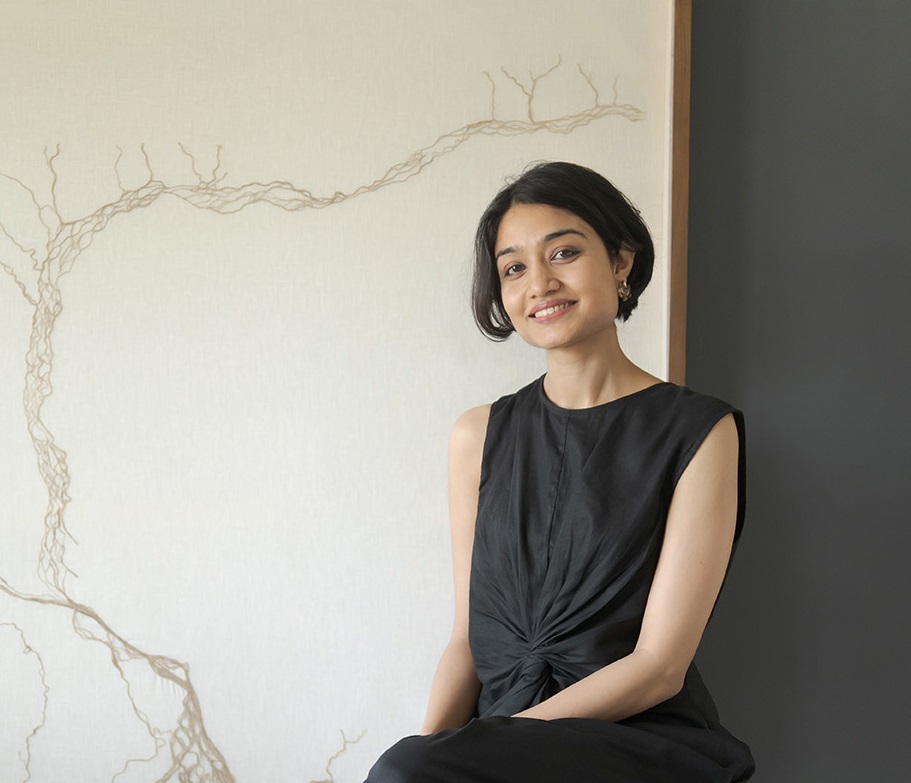Contemporary artist Tahireh Lal’s works deal with ideas of movement and stasis that stem from her mobile existence. Lal who received her Master’s in Fine Arts from the Ontario College of Art and Design, University in Toronto, Canada has featured her artworks on various international platforms including Videonale in Bonne, Germany, and Nuit Blanche in Toronto.
Lal’s new brainchild ‘Phototrope’ was displayed recently at her second solo exhibition at the Chitrakala Parishad Galleries, Bangalore. ‘Phototrope’ comprises several installations and wall works drawn from the observations of light in natural and built environments. Lal uses retro-reflective stickers, wood, words, lenses, shadows, and wavelengths of light to consider the order of nature.
Your form of art focuses on expressions through videos, installations, and sculptures. How do you distinguish this style from others?
My practice is reflexive, observation, process, and research-oriented. There are motivations behind the choice of form, materials used, the ideas expressed and questions asked. In staying true to these methods, the outcome falls into the minimal and conceptual space. In this way, it is probably similar to other contemporary practices, but each practice and its framework produces its own outcome.
‘Phototrope’ is your latest work which encompasses light and materialistic items from the environment. How did you contemplate the idea?
This work began with observing light in my surroundings of rural Assam. A drive through Kaziranga at night time where in the darkness, the road forward is illuminated by reflectors visible only with one’s headlights, the shadows of trees, and the darkening of eyeglasses. ‘Phototrope’ emerged from drawing these observations together, trying to understand their common ground and expanding them through notions of interdependence and feminism.
Most of your works revolve around the existence of human life and reflections on the environment and surroundings that influence it. Why do you think it is essential to concentrate on this area?
I think it is essential to respond to one’s reality. My bent of mind is that of a seeker and my artwork too comes from that space. Currently, conversations about our environment are imperative. There is a sense of helplessness around the issue as we appear to be stuck in a mode of things already having gone too far. However, we do need to use our agency responsibly and take whatever action we can to make a difference.
Do you think social media has helped to expand the digital distribution of artworks or do you believe artworks need specific digital platforms for their curation?
Social Media has certainly helped to expand the digital distribution of artworks, it has made the reach of work very democratic. The curation and presentation of artworks either digital or in real life will always be a specialized, audience-specific skill.
The juxtapositions of your experiences living in between Bangalore, Guwahati, and Assam are reflected through your artworks. How has it helped you shape your identity as an artist?
Contemporary personal geographies are multi-sited. Mobilities have underpinned my work for a while now and authentic responses to my relocations are at the core of my practice.
What all inspires you as an artist?
My inspiration comes from paying attention to the details of daily life and searching for patterns in these details.

